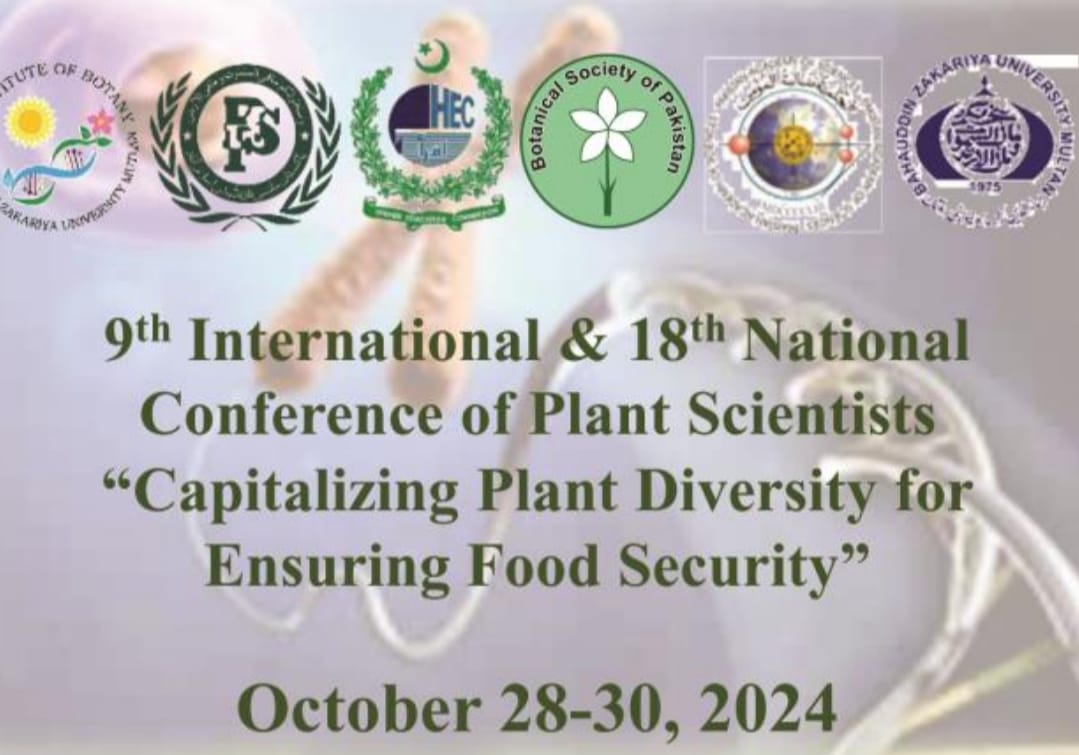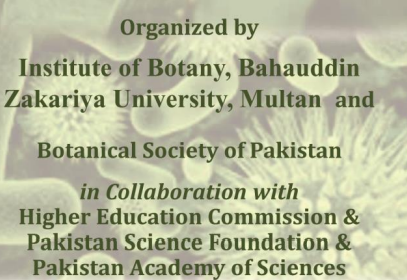Muhammad U. Chattha, Muhammad A. Khan, Imran Khan, Athar Mahmood, Muhammad B. Chattha, Muhammad U. Hassan, Walid Soufan, Mohammad Okla, Arpna Kumari, Disna Ratnasekera, Basharat Ali, Mostafa Shehata and Ayman Elsabagh
Details
55(6): 1991-1997, 2023
Download PDF
Comparison of physio-biochemical and antioxidant enzymes in maize during early growth stage in response to salt stress
Details
55(6): 1991-1997, 2023


